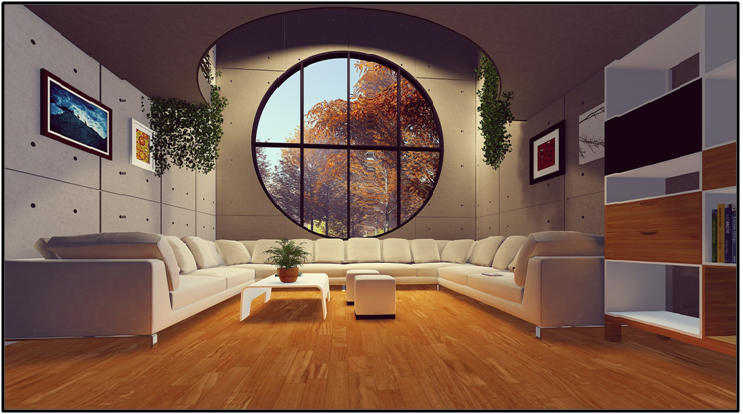
When you are buying a home for the first time, there are many questions to consider. One of the most important, though, is whether to buy a new property or a fixer-upper. While a new property is convenient and move-in ready, a fixer-upper offers you the opportunity to create the house of your dreams or build a house fitting the tastes of the current market to sell for a profit. Here are some tips to help you get started.
The buying process
There are several ways to buy a fixer-upper. Your real estate agent can help point you in the right direction, but you can also browse online for foreclosed homes and houses that are priced significantly lower than other similar houses in the neighborhood. You can also just drive around your area looking for a suitable house.
When searching for a property, location is critical. Not only will this help set the price you’ll pay to purchase the house, but it will also determine the amount of renovation you’ll have to do to match the rest of the neighborhood, as well as the likely final sale price if you decide to flip. As a general rule, when you are looking for a house, you should keep in mind that the time and effort spent renovating the house plus the price at which you purchased the property shouldn’t go beyond the likely sale price. Since you’ll want your end result to be at or slightly above the quality of the surrounding homes, expect a similar price point and plan accordingly. As such, avoid homes that require significant structural work, particularly if it’s your first time fixing up a house. Instead, look for ugly houses that can be turned around with design and landscaping work. Before purchasing a home, hire a home inspector to look through the entire house. This will ultimately reduce hidden costs by helping you know what to expect. Finally, create a budget by tallying the purchase price, the cost of repairs and tools, and an extra 15 percent to account for unexpected incidents.
Organize your repairs
Once you’ve acquired your home, you’ll probably want to get started renovating right away. However, you should start by taking the list of necessary repairs and putting it in order of importance. Any structural issues or roof-related repairs should take priority. The process should then move out to in, from electrical and plumbing systems to walls to general design.
When to hire a professional
It can be difficult to know whether to hire a professional for different aspects of your project. Aside from the advisory inspector and contractor before you purchased the property, consider hiring a professional for any projects that could be significantly dangerous, both to you or to the house. Structural repairs, electrical work, plumbing, and gas should all involve a professional. You can take on any light, non-structural demolition, and cosmetic work. Begin by purchasing your own equipment and materials. Cordless drills will prove invaluable for drilling holes and driving screws, like when you’re putting together a cabinet. Powered saws are also important – jigsaws allow for freehand cuts in thinner wood, while circular saws create powerful, straight cuts for flooring. Other ways to raise the value of your home, in addition to new flooring and cabinetry, include painting, new windows, and landscaping.
Whether to stay or sell
Finally, once you’ve completed your renovation, you’ll have to decide whether to stay or sell. If you have grown to love the house through the renovation process or if you renovated it according to your family’s preferences, you might want to stay. However, if you tend to upgrade neighborhoods regularly or prefer a differently-designed home, selling might be the best option for you.
Mortgages and loans to pay for home renovations
